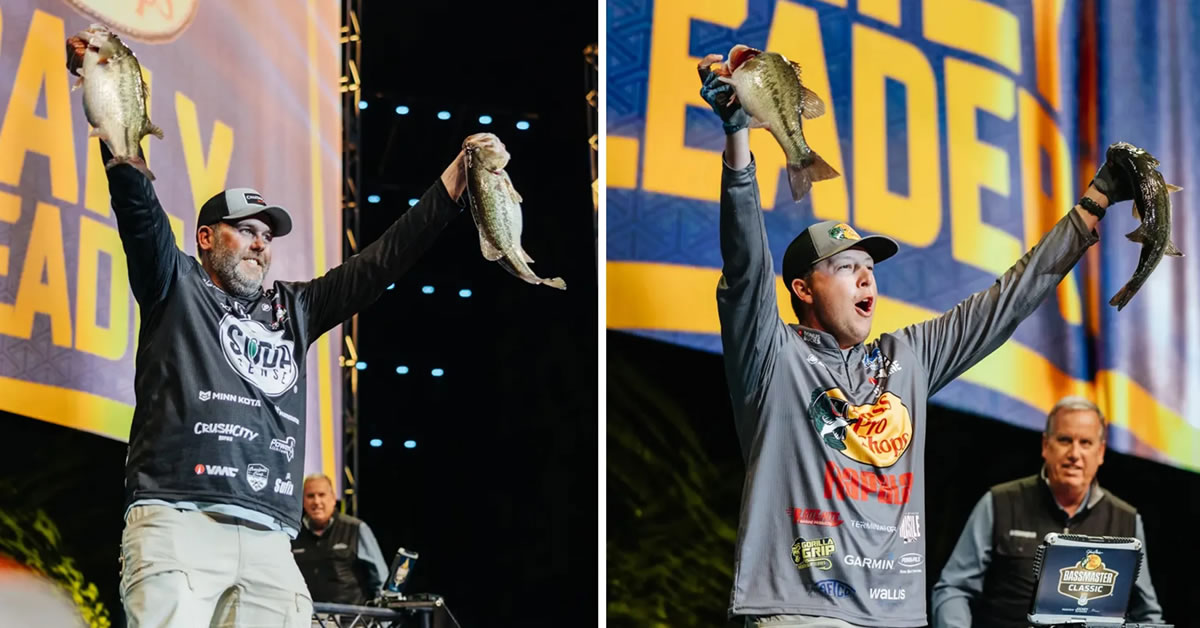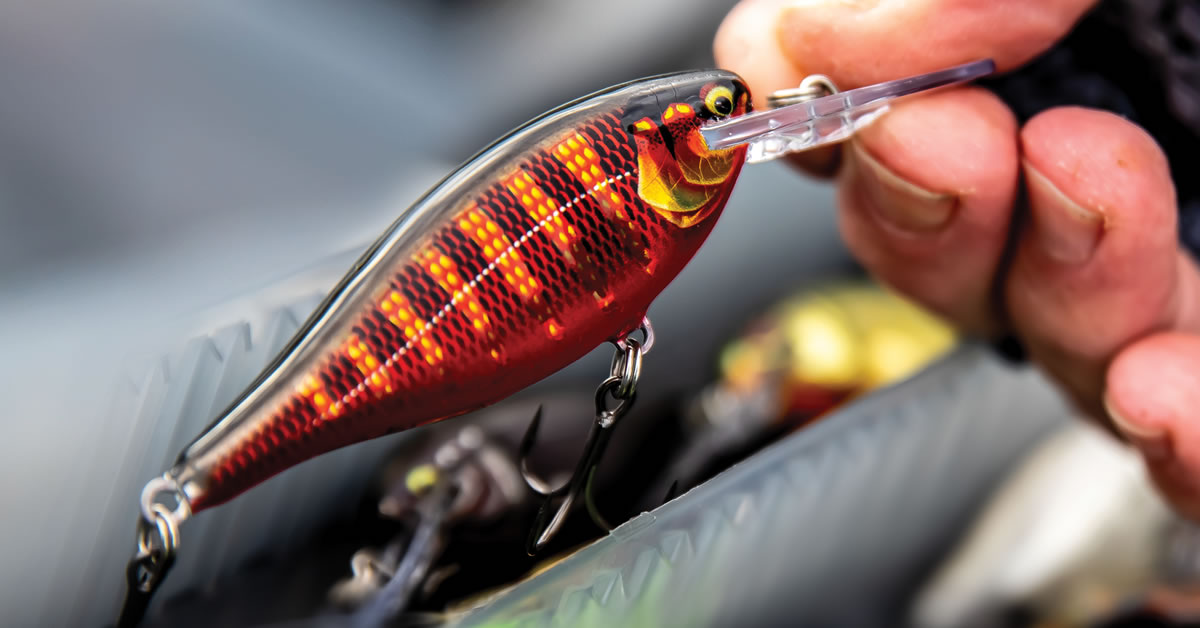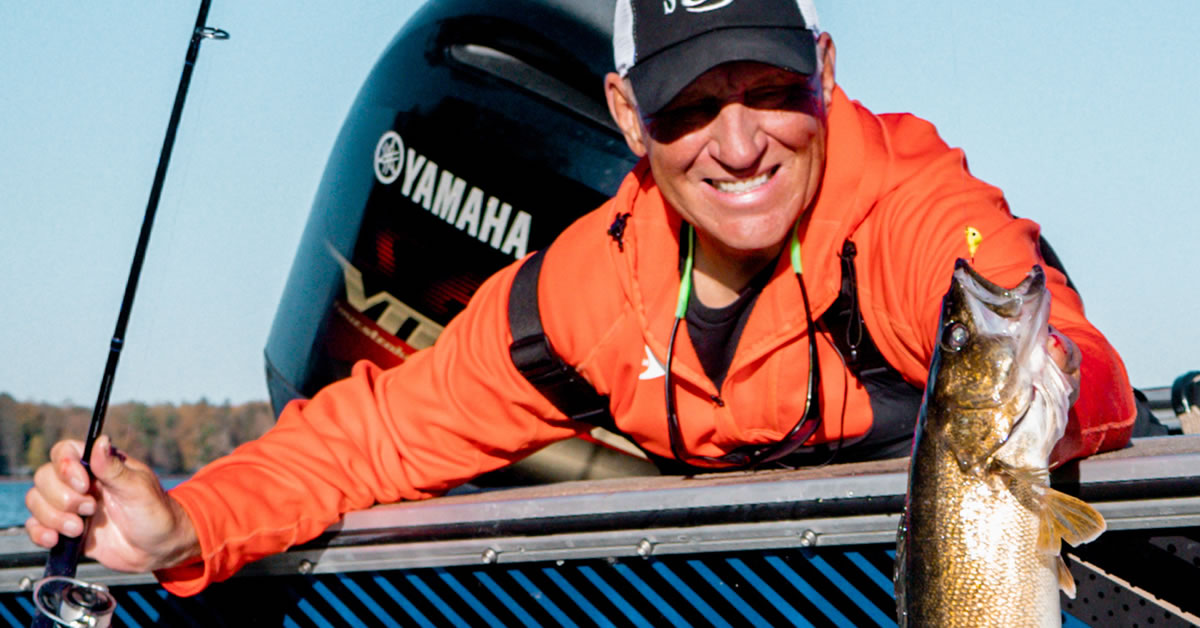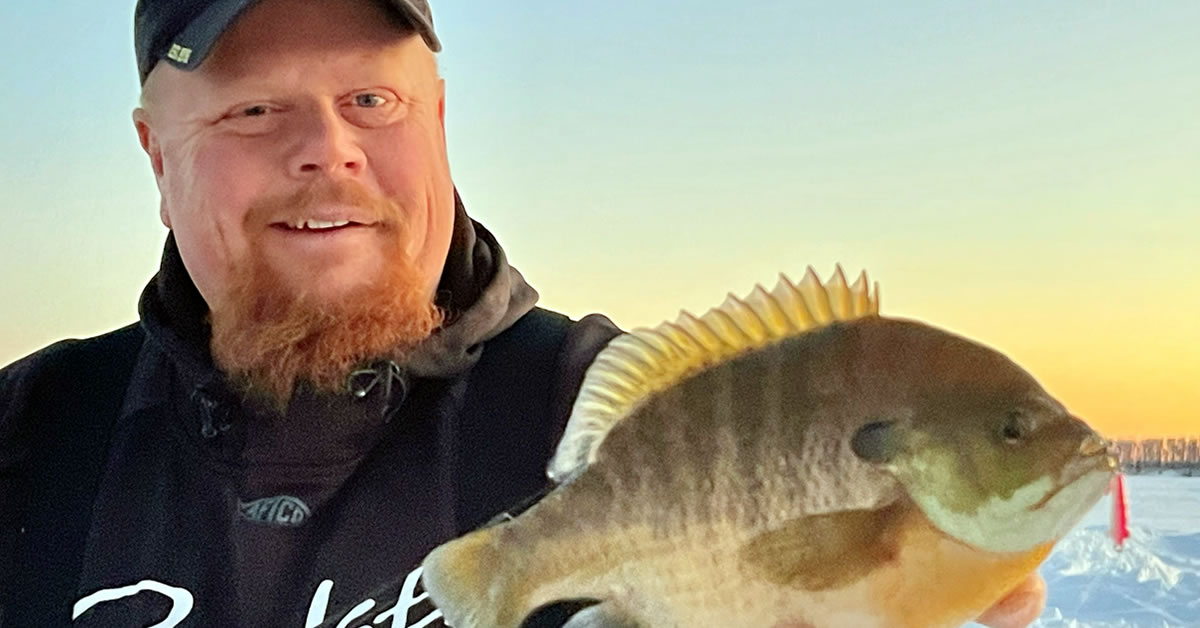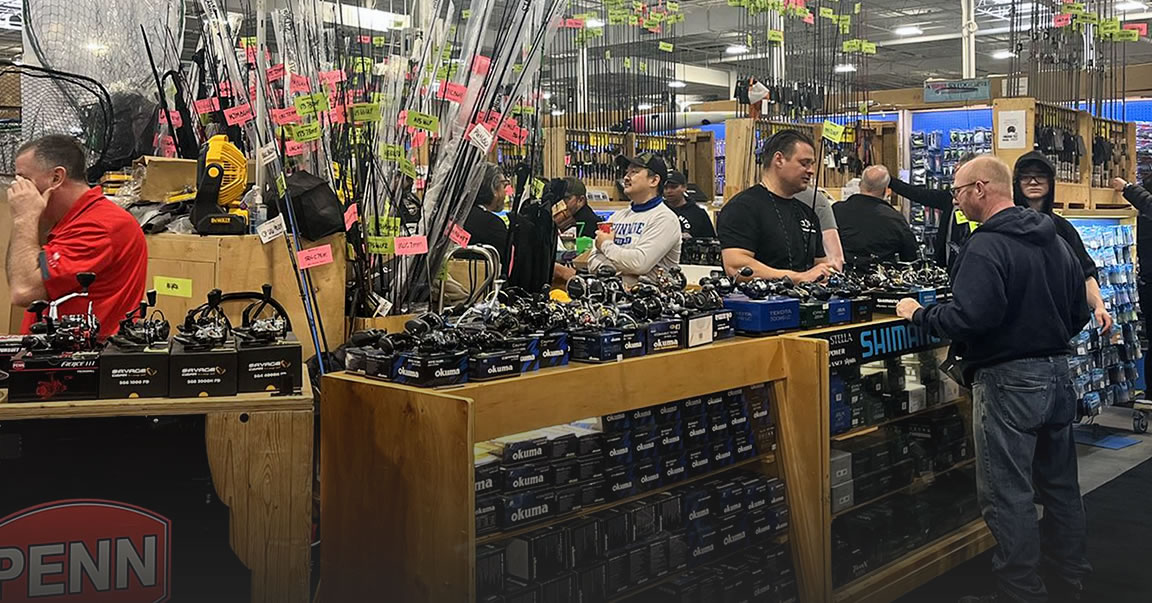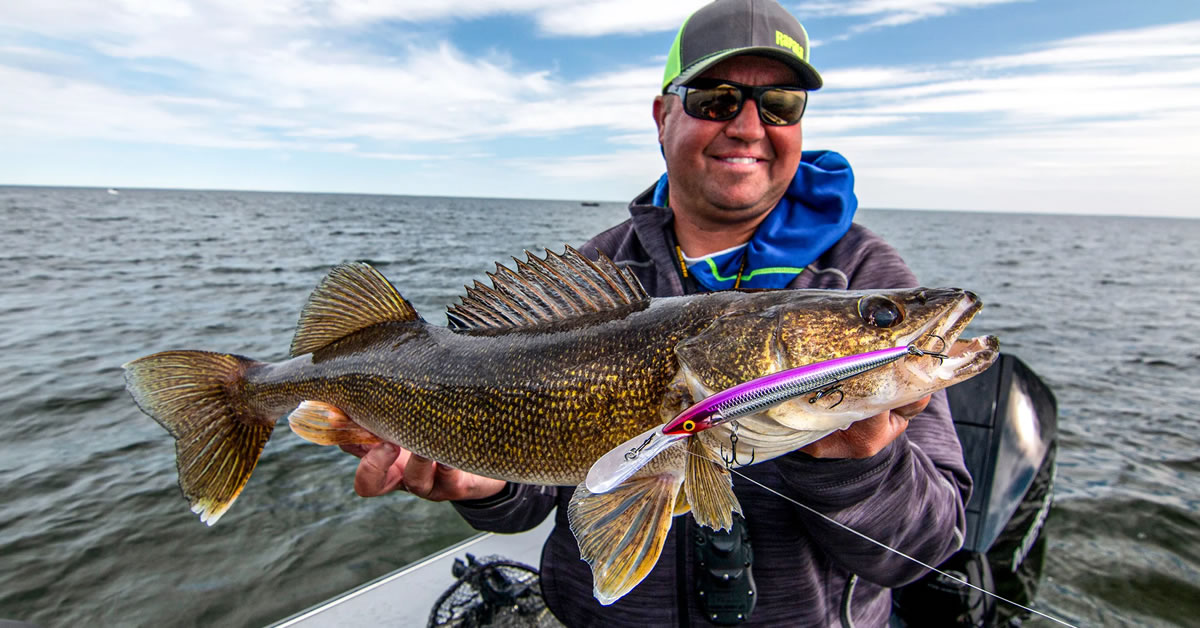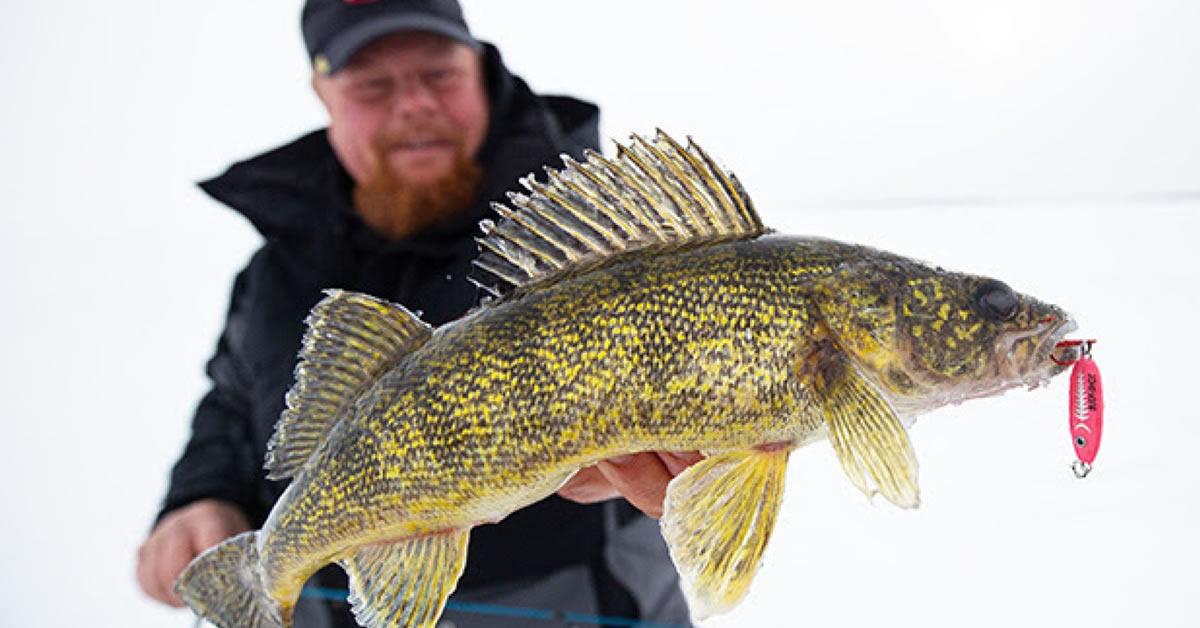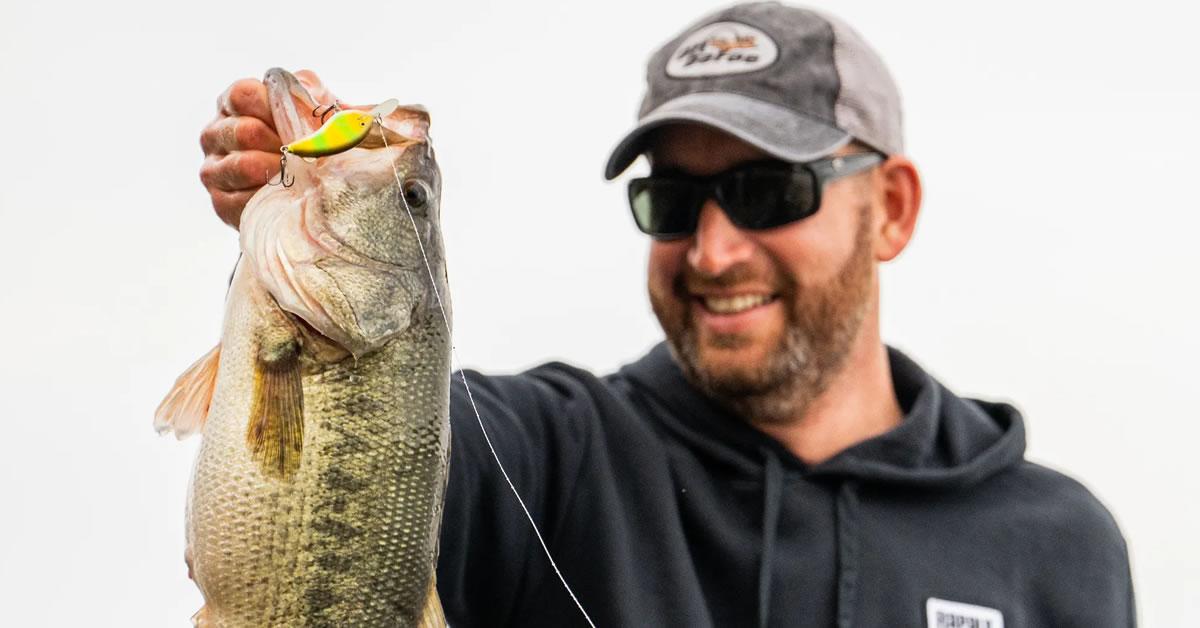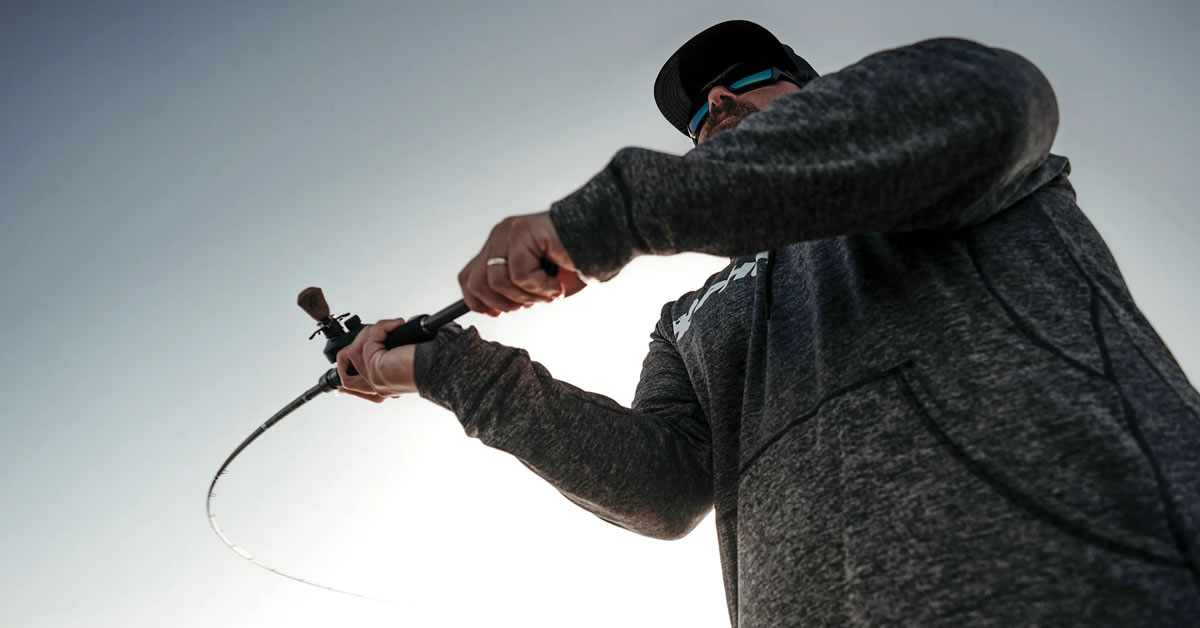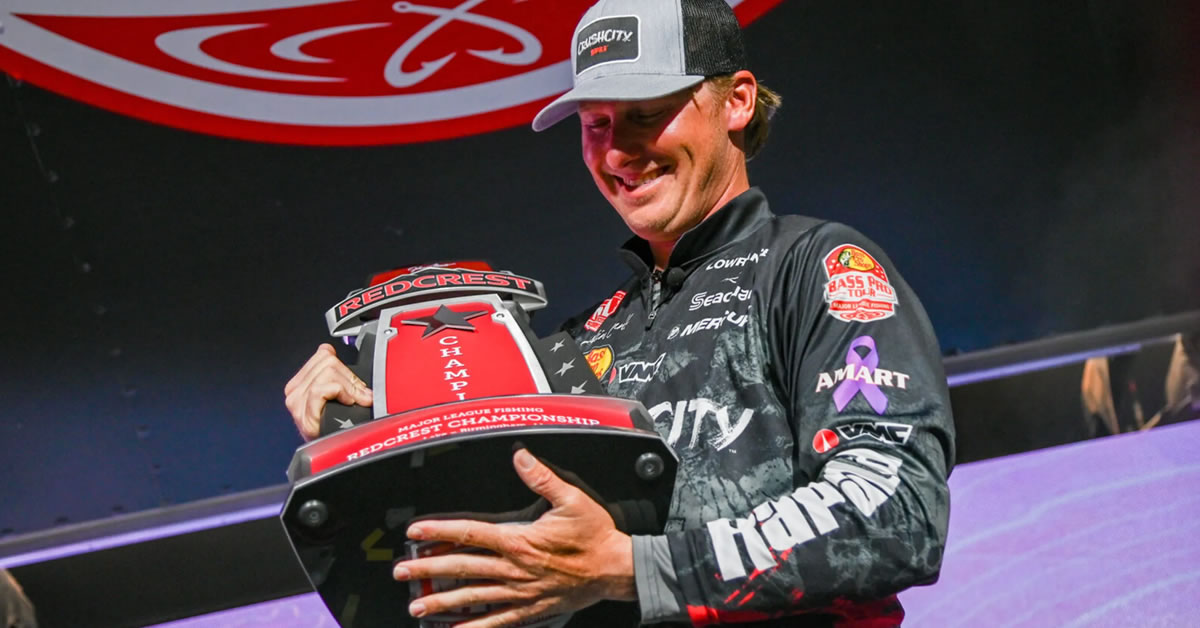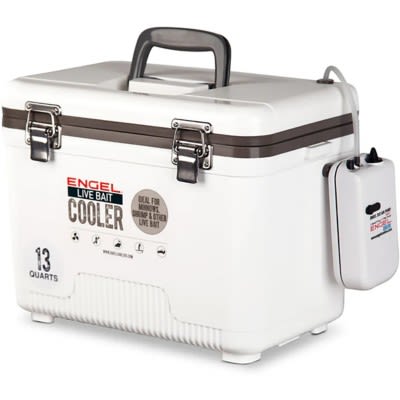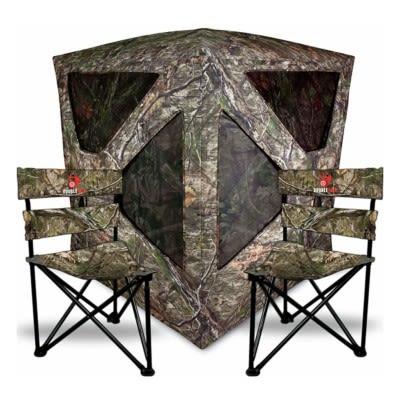The Easiest Muskie Fishing of the Year
Fish of a thousand casts?
by Craig RitchieThat may be an apt description for muskie some of the time, but not always, and certainly not early in the season when they can be found in numbers feeding in very shallow water.
While they may have a reputation for being tough customers, the truth is that at this time of year muskie can be downright easy to catch. Part of that lies in the fact the fish are so easily accessible, actively hunting in shallow water. And part lies in the fact they're feeding like mad right now, working to replace weight lost through spawning. With stable weather, water temperatures in the shallows just about ideal for muskie, an abundance of prey and lakes that are still comparatively quiet with light boat traffic, conditions for catching muskie just couldn't be any better.
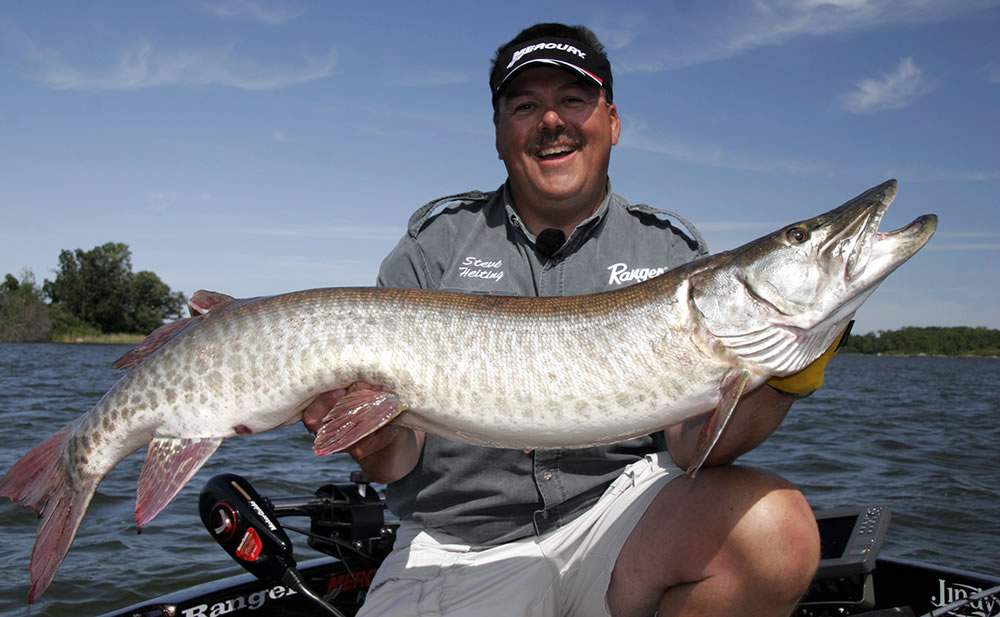
Prime spots are moderately sloping shorelines adjacent to shallow, weedy spawning sites, yet with close proximity to the main lake basin. Muskie will begin congregating in these areas immediately after the conclude spawning, and will stay until spiking water temperatures force them into deeper water. Exactly when this happens depends on local weather patterns but across most of the Midwest, it means good fishing right through June and perhaps into the first week or so of July.
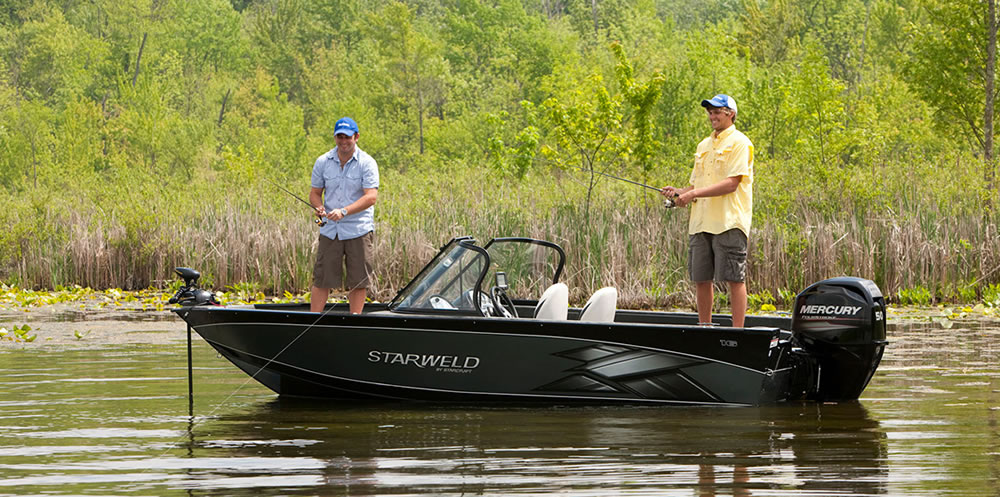
Focusing your fishing in water from 10 to 15 feet deep keeps your bait in front of almost all of the fish, while staying deep enough that you're less likely to attract the attention of spawning bass that are still protecting their nests.
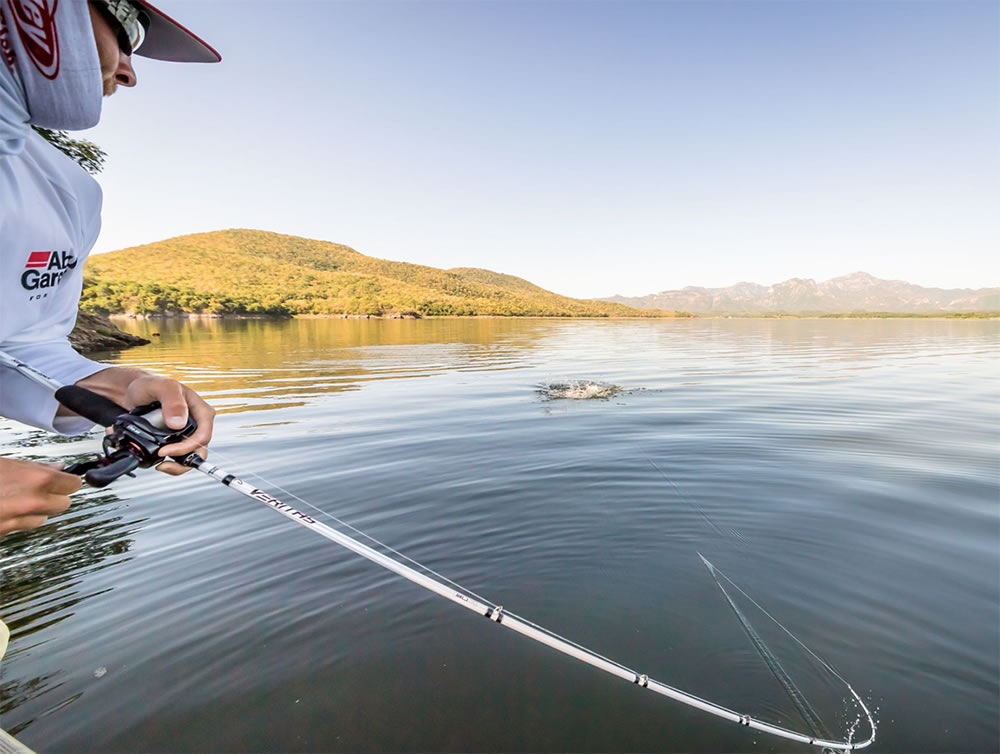
Regardless of location, the proximity of shallow, weedy spawning areas is essential - both for attracting muskie in the first place, and for keeping them there as successive waves of spawning baitfish follow. You don't want to fish those shallows, but the deeper, clearer water offshore and adjacent to them. Muskies aren't in the shallows anymore, but they will still be close by.
Once you've narrowed down a few spots to try, the actual fishing is about as easy as it gets. The goal here is to cover as much water as you can, and there's no better way to do that than by burning buzzbaits.
Because they run right on the surface, buzzbaits keep clear of even the shallowest emergent vegetation so you never have to worry about getting hung up in the green stuff. They also make a load of noise, to call in fish from a considerable distance. The single hook of a buzzbait makes for less fish handling at the side of the boat, facilitating a successful release. And being easy to cast and retrieve, they're a joy to fish - certainly nothing like the muscle ache that goes hand in hand with a day of pumping big jerkbaits.
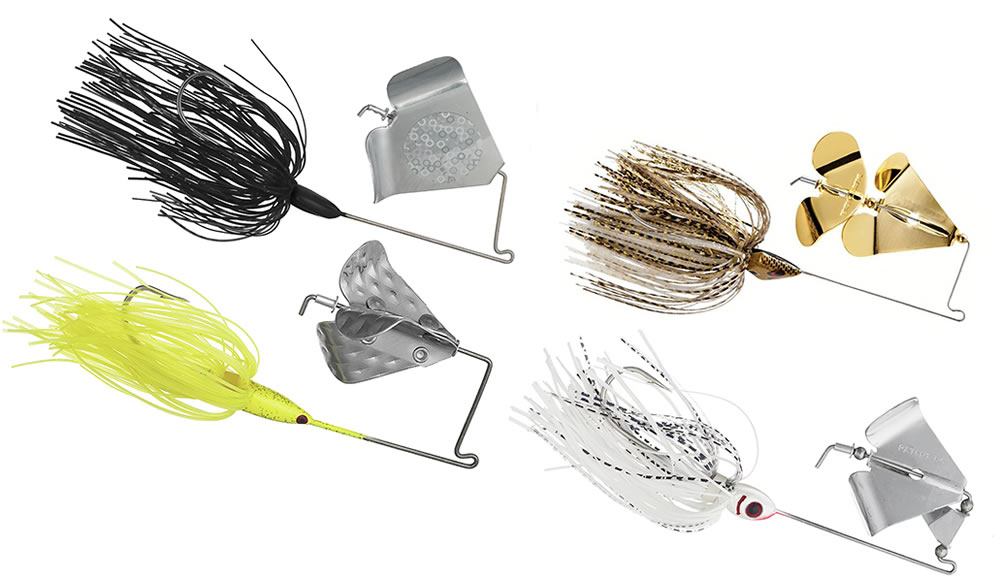
Bass-sized Buzzbaits like the Booyah Buzz Blade, Strike King Tri-Wing, War Eagle Buzzer or Booyah Counter Strike in 3/16, 3/8 or 1/2 ounce sizes are plenty large enough to interest adult muskie, and especially given that they're similar in size to most of the forage they're seeing at this time of year. Color doesn't matter one bit since the fish see buzzbaits as silhouettes against a sunlit sky, so use whatever finish gives you confidence.
So fish of a thousand casts? Not at the moment. Try throwing Buzzbaits for June muskie and you'll soon agree, it really is the easiest muskie fishing of the year.



